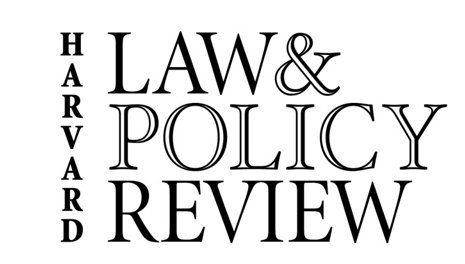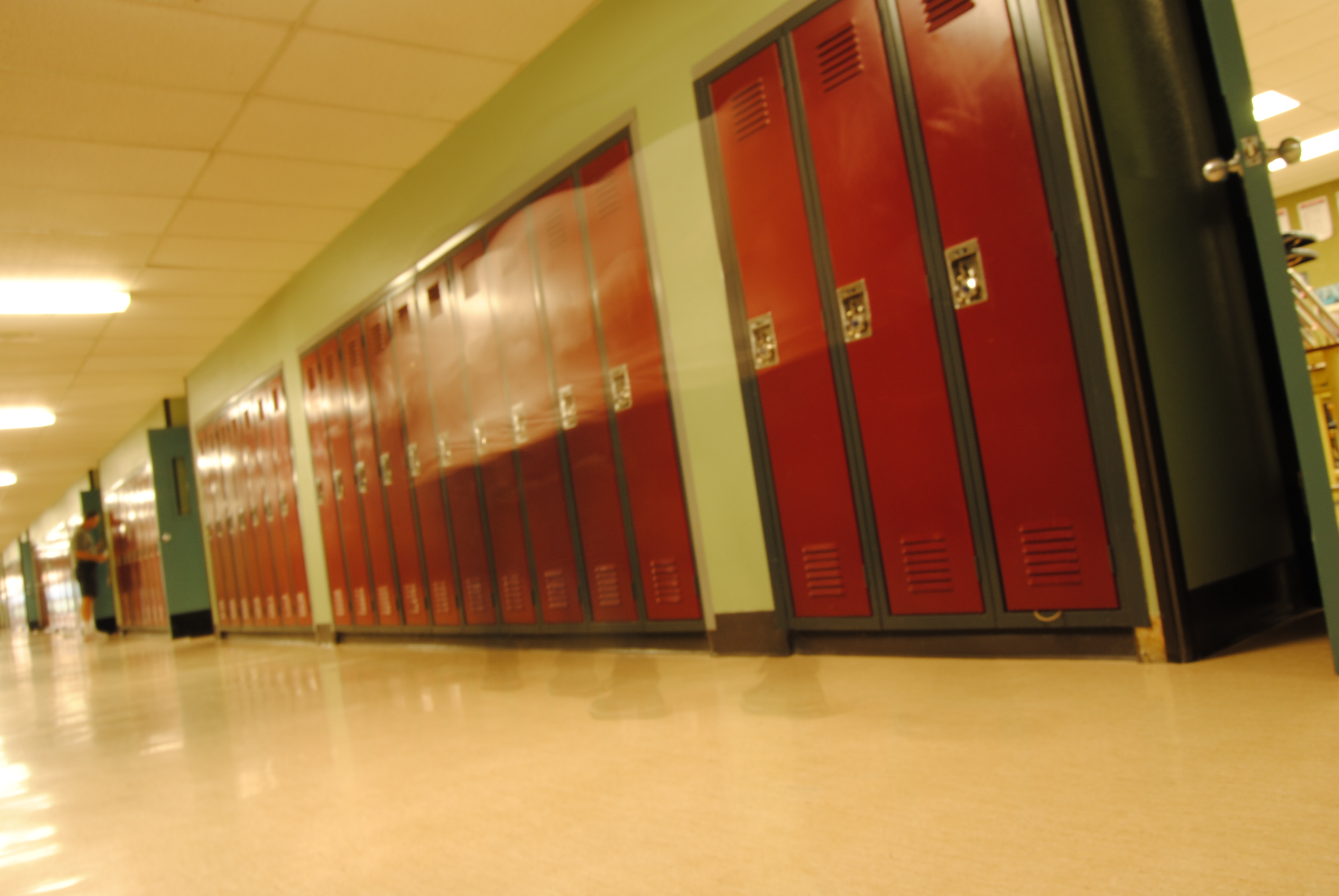By Ana Choi
On October 22, the New York City Council introduced a package of legislation aimed at addressing the problem of racial and socioeconomic segregation in New York City’s public schools. The package contains three pieces. The first piece would require the city’s Education Department to report statistics for various measures of diversity in the schools. The second piece calls on the Education Department to officially declare school diversity a policy goal. The third piece urges the New York State Legislature to rewrite a 1971 law that made the Specialized High School Admissions Test (SHSAT) the only criterion that could be used to admit students into the city’s elite specialized high schools—including Stuyvesant High School and the Bronx High School of Science.
Although the City Council has very little power over the public school system, the sponsors of the legislation package hope to draw attention to the issue and influence the conversation about how to improve integration in the schools. The package of legislation comes in the wake of a recent report from the Civil Rights Project at UCLA which found that New York state has the most segregated schools in the country. There currently is a bill before the New York state legislature that, if passed, would change the admission policy for the specialized schools so that they would use a “power score” factoring in a student’s grade point average, attendance, and state exam scores, in addition to the SHSAT. So far, however, the bill has not received much support.
Even if the New York legislature did pass the bill, it is unclear whether this “power score” would really solve the problem of underrepresentation of African-American and Hispanic students at the specialized schools. Grade point average and state exam scores are still numbers-based criteria that largely measure the same skills—such as test-taking ability—that are measured by an exam like the SHSAT. Also, the built-in structure of advantages and disadvantages would still exist: students who can afford tutoring will have better GPAs, students who have parents with higher levels of education will have better attendance rates, students who attend junior high schools in wealthier neighborhoods will receive better scores on the state exam, and so on. As long as there is a race and socioeconomics-based achievement gap in student performance at school, expanding the admissions criteria to include things like GPA, attendance, and state exam scores will not solve the problem.
If the current proposal is not enough, how far should we go? One option would be to adopt a more holistic evaluation, similar to the college admission process, in which race and socioeconomic background are explicitly taken into account—in short, affirmative action. If the NYC Education Department were to declare diversity an official policy goal, as recommended by the city council, this option might be plausible. However, the idea of achieving diversity through affirmative action would probably face even more resistance in the specialized high school context than in the college context. Supporters of affirmative action policies at colleges can make the argument that providing a diverse student body in which students can learn to become more tolerant and empathetic members of society is as important to the college’s educational mission as the academic component, whereas a specialized high school can take the position that its commitment to advancing a specific field—whether math, science, art, or something else—trumps diversity, valuable as it may be.
Given this difference, the more practical solution may be for the state government to ensure that public elementary schools and junior high schools receive more equal levels of funding, in order to level the playing field as much as possible. If all students received an equal education at the elementary and junior high school level, then students from traditionally underfunded schools with large minority populations would have a better shot at performing well in the SHSAT. Although this is obviously not a perfect solution, it seems like a more sensible compromise between promoting diversity and preserving the purpose of specialized schools.

